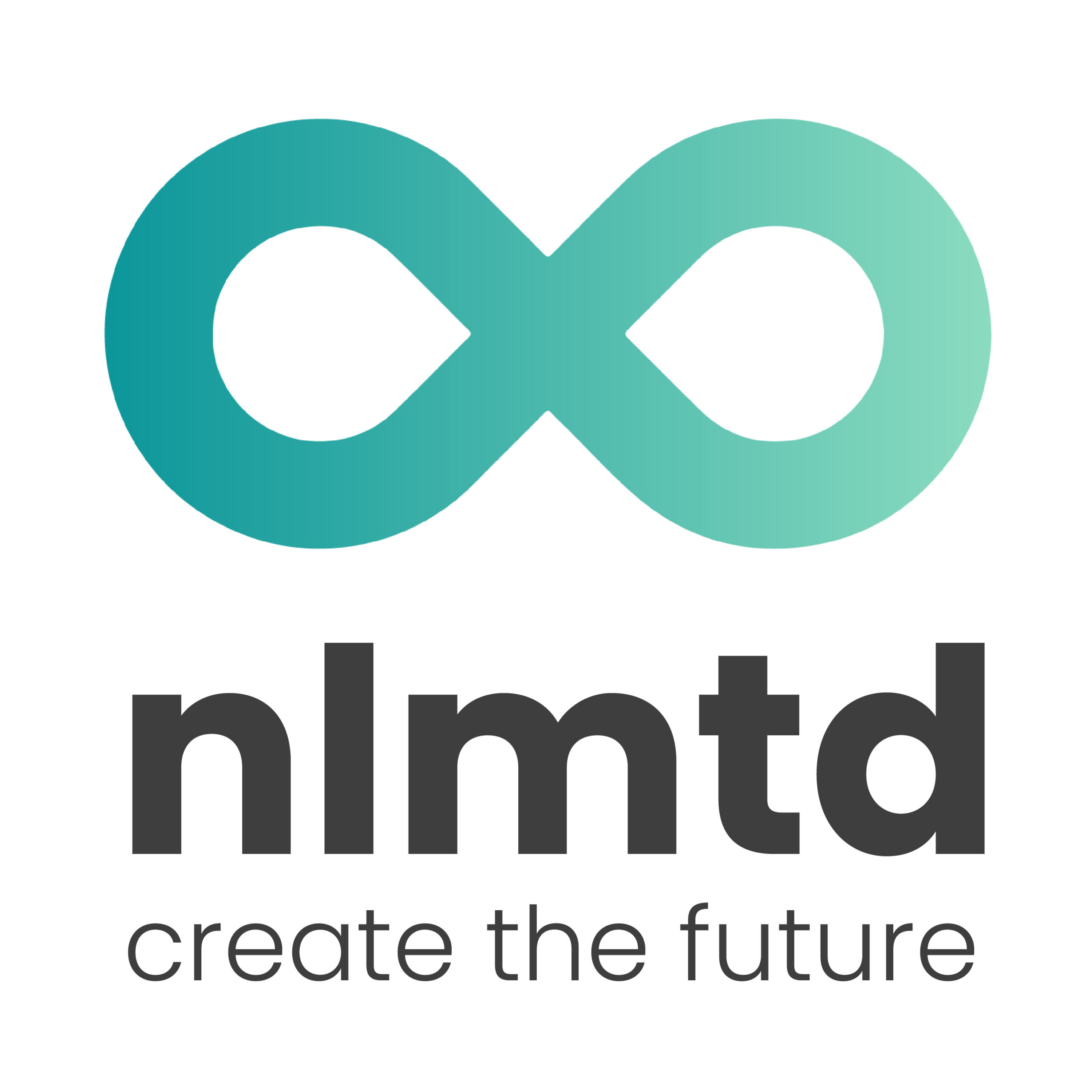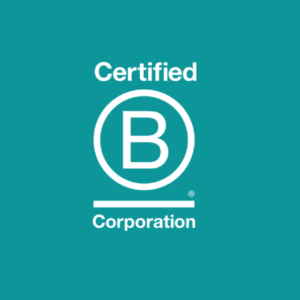On the 11th of May, we brought together some of the brightest minds that are rethinking the future of energy. At this event, we hosted 6 roundtables where topic experts could meet and share their thoughts on a specific topic.
A roundtable discussion on Bi-directional Charging brought together industry experts and stakeholders to talk about preventing massive grid expansion needs by the use of Bidirectional charging – leveraging the distributed storage capacity in EV Batteries to balance the grid. Maz Spork (nlmtd Denmark) moderated the session where Jelle van Doornik (EVBox) and Christian Adelhardt (Energinet), all the way from Denmark by, ofcourse, an Electric Vehicle, were the attending experts.
Here are the key takeaways from the session:
- 🌱 Collaboration between stakeholders is crucial to solve the scaling problem and create a successful bidirectional charging ecosystem 🌱
Stakeholders include car manufacturers, charging infrastructure providers, service providers, energy companies, and regulators. Collaboration can help address technical challenges, unlock new business cases, and create predictive services.
🔌 A more dynamic market is needed to support the transition from fossil fuels to electricity 🔌
The current market design for bidirectional charging is lacking, leading to challenges in aggregating access to different markets and providing consumers with cost-effective benefits.
- 👩💻 There is a need for user-friendly solutions 👩💻
From a user perspective, bidirectional charging should optimize self-consumption and provide the ability to choose green energy sources. Homeowners face challenges in connecting different components, and there is a need for user-friendly solutions that do not require extensive electrical engineering knowledge.
- 👩⚖️ Regulation plays a significant role in facilitating bidirectional charging implementation 👩⚖️
Changes in rules and policies are needed to unlock the full potential of bidirectional charging and create a more open market. Tariffs, incentives, and transparent regulations can encourage user involvement and support the integration of renewable energy sources.
- 📟 There is a lack of standardized communication between home energy management systems and the grid 📟
The development of industry standards for communication between electric vehicles (EVs) and charging infrastructure is crucial. New standards, such as ISO 15118, support bidirectional charging and are being adopted by car manufacturers.
⚖️ Grid operators should have the flexibility to balance the grid ⚖️
The existing grid infrastructure needs to be prepared for the increased adoption of EVs and bidirectional charging. Grid operators should have the flexibility to balance the grid, integrate renewable energy sources, and handle peak demand effectively. Data on lower grid levels and real-time monitoring can improve grid balancing and optimize the use of spare capacity.
- 🗂️ Data latency, protectionism, and privacy concerns need to be addressed when working with end users and sharing data 🗂️
Clear regulations and guidelines are necessary to ensure data protection and establish a trusted market for bidirectional charging.
- 👩🏼🤝👨🏾 Bidirectional charging requires a collaborative ecosystem approach👩🏼🤝👨🏾
With each stakeholder contributing their expertise and committing to their part of the solution. Partnerships and collaborations between industry players, regulators, and other sectors such as gas and housing can accelerate the implementation of bidirectional charging and promote the energy transition.
Concluding, radical collaboration between lawmakers, energy companies, technology providers, and service providers is urgently needed to circumvent the barriers to mass scaling of bidirectional EV charging systems. If we get this right, the balancing power of all EV Batteries can be THE cure for our grid congestion challenges throughout Europe.






